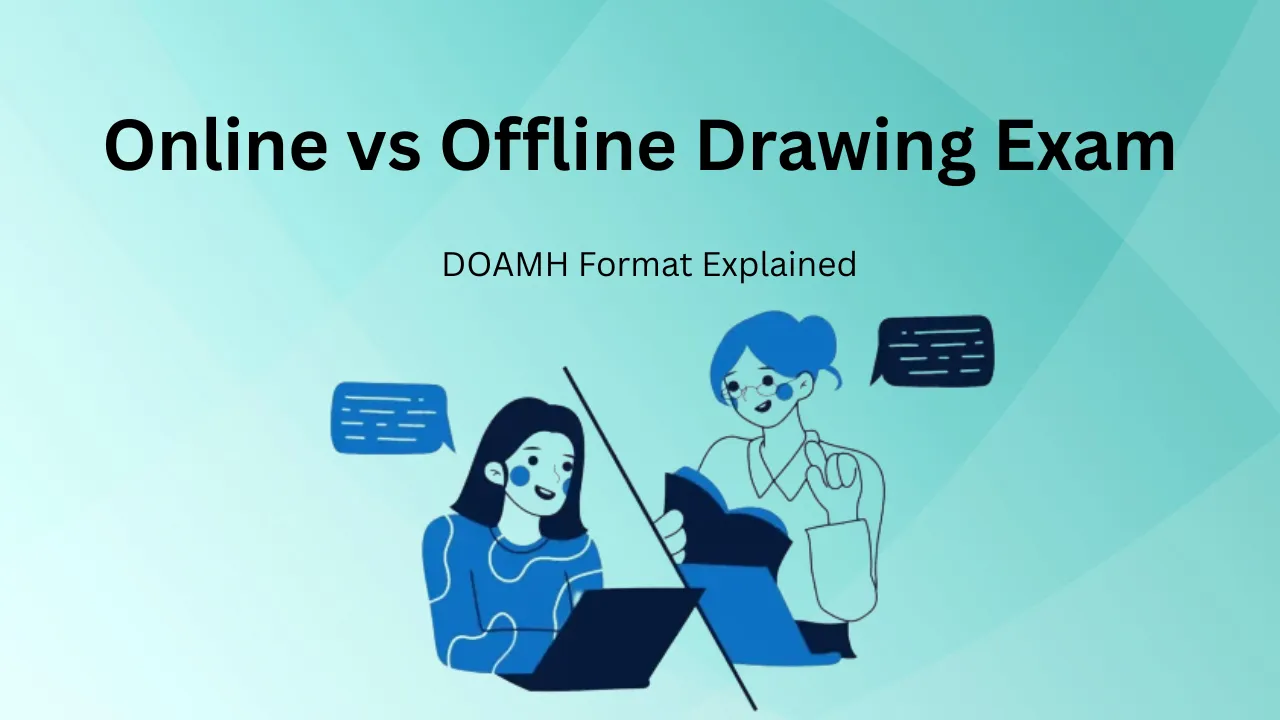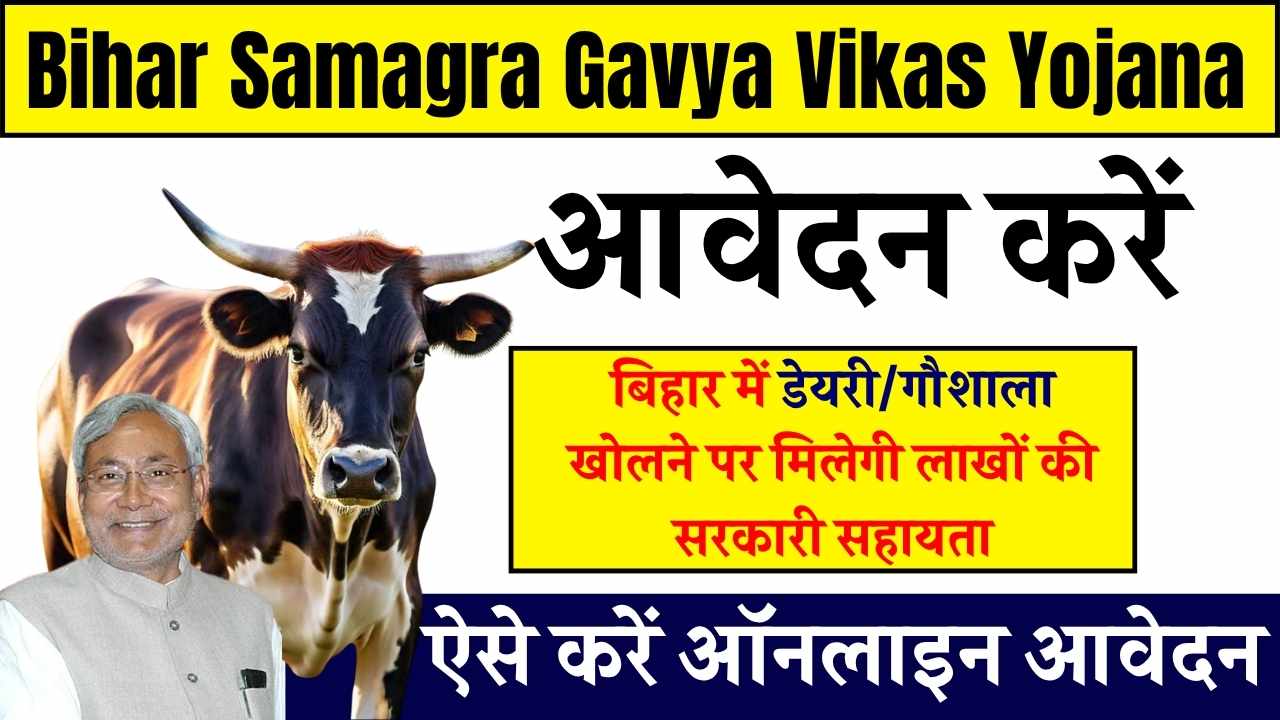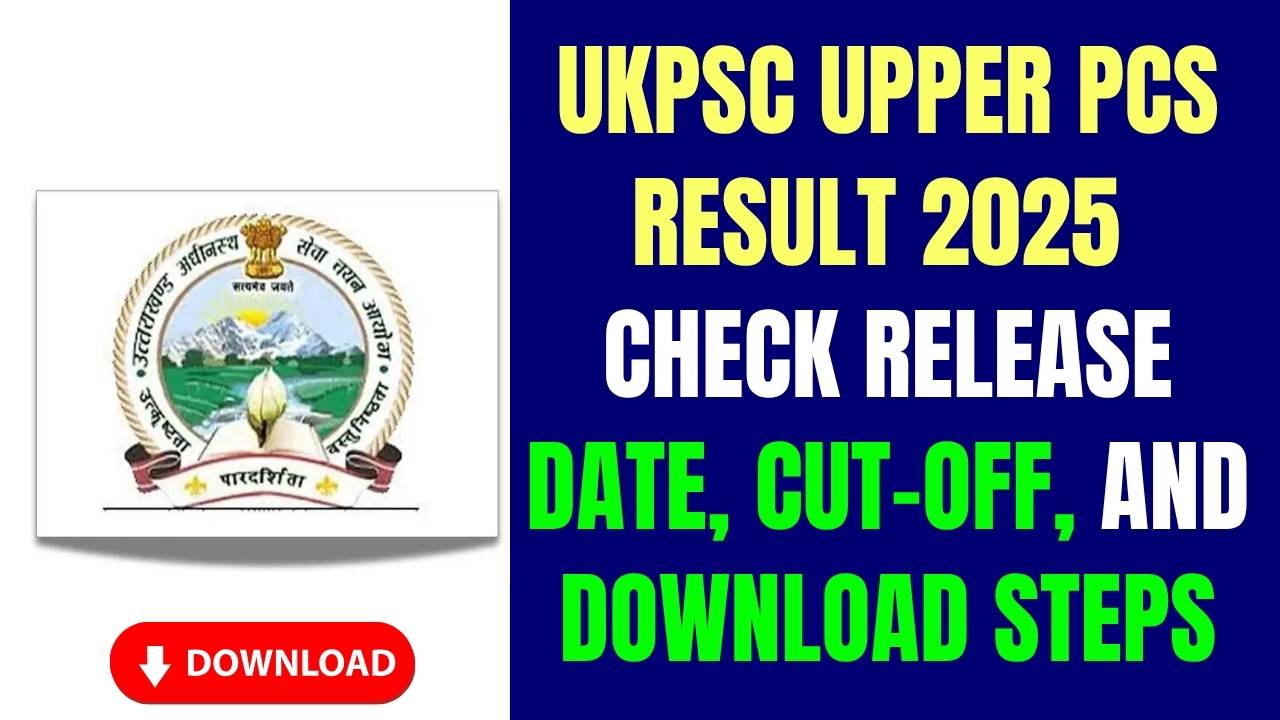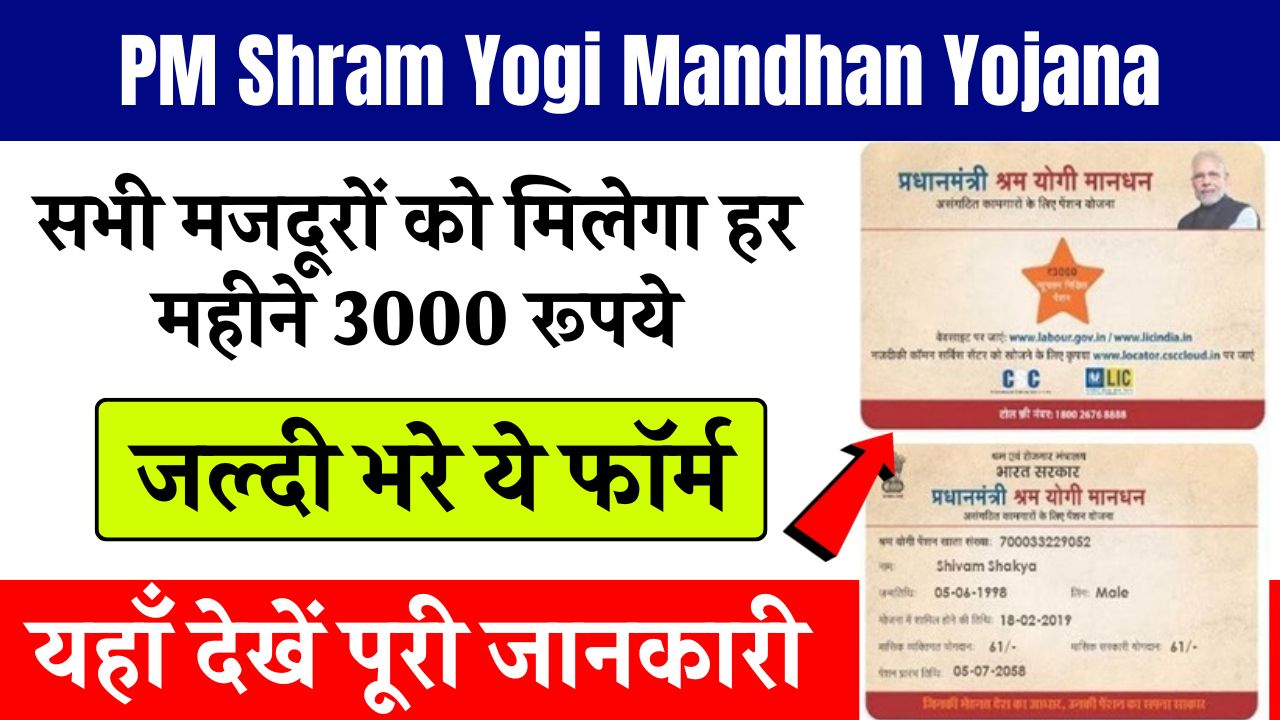Online vs Offline Drawing Exam: In recent years, the shift between online and offline modes of examination has sparked significant debate across creative education sectors. Drawing exams, which test a student’s imagination, technique, and composition skills, are now conducted in both formats depending on the institution. This raises one central question: which mode is more effective and fair when assessing artistic ability? With the growing relevance of hybrid learning models, understanding how drawing assessments adapt is essential.
This article takes a deep dive into the Online vs Offline Drawing Exam structure, with a special focus on the DOAMH format—an approach used to standardize the process and maintain integrity regardless of mode. Whether you’re a student preparing for an entrance test or an educator shaping evaluation methods, this guide explains what to expect, what works, and how to navigate both settings effectively.
What is the DOAMH Format?
Before we compare online and offline drawing exams, it’s essential to understand the DOAMH format, an acronym used to streamline drawing assessment design and execution:
- D – Duration: Total time allotted for the exam
- O – Objective: What the exam aims to assess (e.g., creativity, technical skill)
- A – Assessment: Criteria used for scoring and feedback
- M – Mode: Whether the test is online or offline
- H – Handling: How submissions are processed, reviewed, and verified
This structure ensures a drawing exam is not just a test of art but a fair and structured method of evaluation, no matter the delivery mode.
Duration (D)
Online drawing exams often offer flexible time slots or require work submission within a fixed time window. Students might receive the brief digitally, with a timer starting once the file is opened. While flexibility is a benefit, time tracking can sometimes be inconsistent due to internet disruptions or digital distractions.
In contrast, offline drawing exams take place in a controlled environment—usually a classroom or examination hall—where time is strictly monitored. The advantage here is consistency, ensuring all candidates work under the same pressure and supervision.
Verdict: Offline mode provides a more consistent and supervised experience, but online exams can still be effective if managed with tools like auto timers and screen monitoring.
Objective (O)
The objective remains the same in both modes: to evaluate creativity, understanding of form, shading, perspective, and concept interpretation. However, online exams may also test digital drawing skills, depending on the tools allowed.
In offline exams, students typically work with traditional media—pencils, paper, watercolors—which can limit digital-native artists but provides an authentic test of foundational skills.
In online exams, candidates may be asked to scan or photograph their work and upload it. In some cases, digital tablets and drawing software are used. This can benefit tech-savvy students but poses challenges for those with limited access to equipment.
Verdict: The objective is constant, but the medium impacts how the student’s vision is realized.
Assessment (A)
Offline exams allow assessors to view the original piece, appreciating texture, paper quality, and brush techniques up close. This provides a richer basis for judgment. Physical submissions are harder to alter or manipulate post-exam, which enhances integrity.
Online exams, however, require digital submissions. Here, quality can suffer due to poor image capture or lighting. File uploads also make it easier for plagiarism or unauthorized help, so many institutes now use live monitoring or AI proctoring during the exam.
Scoring rubrics remain the same, but the evaluation may vary slightly depending on the mode of submission.
Verdict: Offline exams offer a tactile advantage for assessors. Online submissions need high digital literacy and honesty safeguards.
Mode (M)
Online drawing exams gained popularity during the pandemic and continue to be used for accessibility. Students from remote areas or those unable to travel can still participate in key entrance exams or internal assessments.
Offline exams continue to be the preferred choice for final evaluations or competitive tests, ensuring standardization and supervised environments.
Some institutions now offer a hybrid mode, allowing students to choose based on their situation. However, this poses challenges in maintaining parity in assessment.
Verdict: Each mode has merits—online for flexibility, offline for control and fairness.
Handling (H)
Handling submissions is one of the biggest contrasts between online and offline drawing exams.
- In offline exams, examiners collect physical sheets immediately, minimizing the chance of tampering or late submissions.
- In online exams, students upload scanned versions or digital files, sometimes leading to file corruption, incorrect formats, or delayed uploads. Tools like plagiarism checkers and timestamped uploads help address these risks.
Additionally, online platforms must offer secure submission systems and backup protocols. Proctors often request photo evidence or video call checks to ensure the work is done in real-time.
Verdict: Offline submission handling is simpler and more secure. Online handling requires digital tools and strong protocols.
Pros and Cons Summary
| Aspect | Online Exam | Offline Exam |
| Flexibility | High – remote access | Low – requires physical presence |
| Fairness | Varies – needs proctoring | High – consistent environment |
| Submission | Digital – may lose detail | Physical – authentic representation |
| Tools Used | Scanners, tablets, apps | Traditional art supplies |
| Risk of Misconduct | Higher – needs monitoring | Lower – under supervision |
| Convenience | Better for students with travel/health issues | Better for high-stakes assessments |
Which Format Is Better?
There is no clear winner between online and offline drawing exams. Each format serves a purpose based on the context. For internal tests, flexibility, and accessibility, online exams are useful. For entrance exams, competitions, or official certifications, offline exams still hold an edge due to their structure and security.
Educational institutions adopting the DOAMH format can better align the exam’s purpose with its delivery method. By focusing on duration, objective, assessment, mode, and handling, they ensure a balanced approach that benefits students and evaluators alike.
Final Thought
Drawing exams are evolving just like other academic assessments. The DOAMH format offers a practical framework for conducting both online and offline drawing exams with clarity and fairness. For students, the key is to be equally prepared for both modes—build core skills in traditional media, while also becoming comfortable with digital submission tools.
As art education continues to adapt to the changing world, understanding the pros and cons of each format ensures no student is left behind—creatively or academically.











